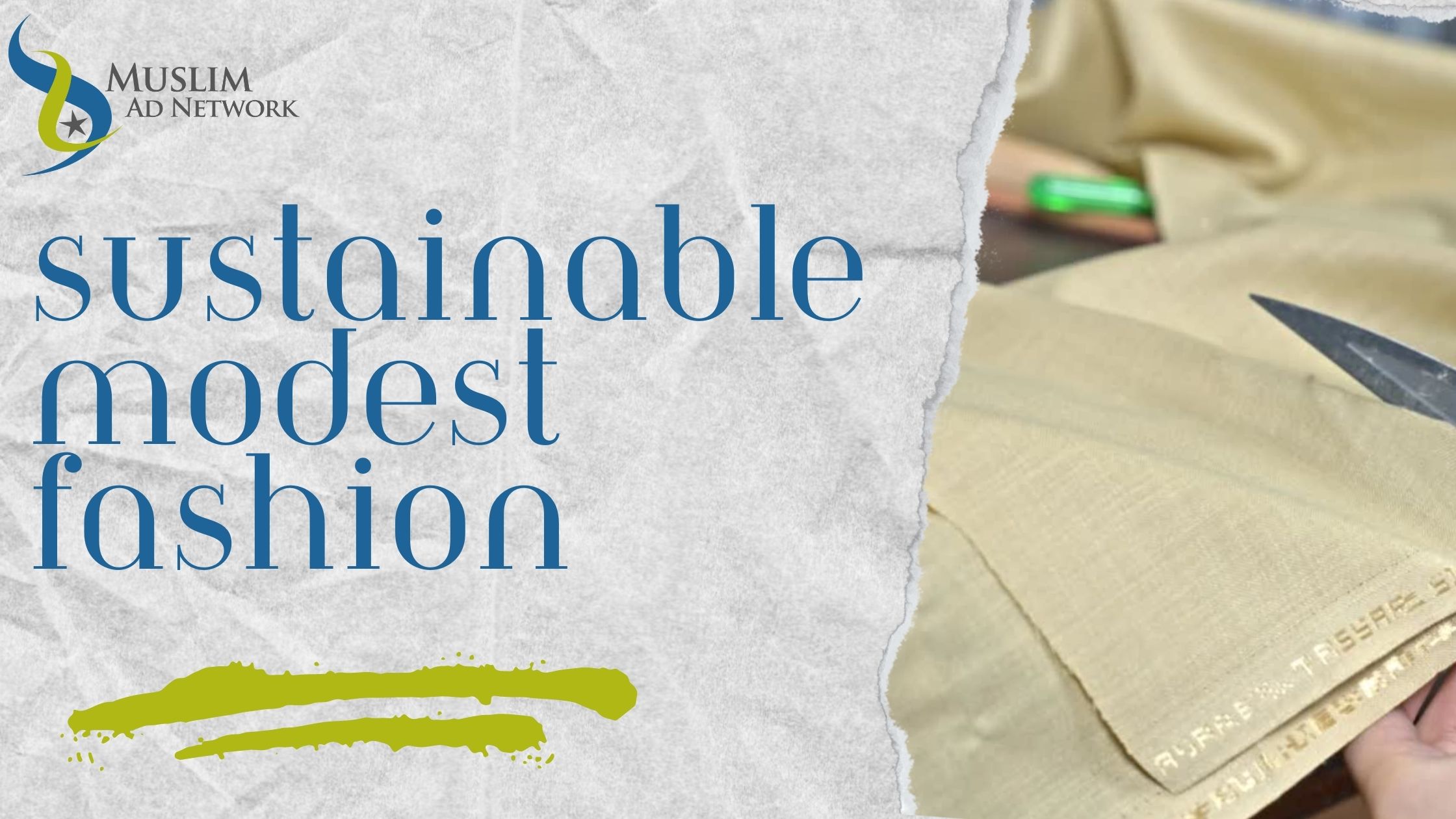
One of the issues that has been on the agenda for those who have been interested in green marketing during the last few years is sustainability in fashion. What is sustainability and what are the steps taken by brands in this regard?
Nowadays, terms such as sustainability, environmentalism, and recycling are frequently brought up. But it is clear that people have lost respect and sympathy for nature. As a result of this insensitivity, mankind has become prone to consuming too much and too fast. This situation caused a change in our understanding of fashion. In the past, people used to wear a limited number of clothing made of quality fabrics for years, and fashion did not change so often. In today’s world, almost every day a new fashion trend emerges and nowadays whatever is fashionable, may become outdated tomorrow. The development of the industry, changing fashion trends, the swirl called ‘fast-fashion” and the rapid consumption of ready-made garments, have made us forget to be green.
Then the concept of sustainability emerged. Sustainability has been defined as “meeting our own needs without compromising the ability of future generations to meet their own needs”. In addition to natural resources, we also need social and economic resources. Sustainability is not just environmentalism. Embedded in most definitions of sustainability we also find concerns for social equity and economic development.”
So, can fashion be sustainable?
In order to cope with many environmental problems, fashion sustainability has become very important today. The sustainable fashion concept includes eco-fashion, recycled fashion, or green fashion terms. At a time when respect and care for nature are greatly lost, everything we consume must be obtained through recyclable and sustainable means, including the clothes we wear.
Obviously, the main objective of the sustainability approach is to ensure the supply of environmentally friendly green products with high quality but low production costs. In this way, it will be possible to slow down the fashion industry, which has fueled the rapid consumption frenzy.
In fact, sustainability can be considered in 3 main dimensions. These dimensions can be classified as ecological dimensions with non-toxic, convertible fashion products; economy dimension with products that add value to consumers and producers, and social dimension with the goal of a better future for new generations.
The goal of sustainable fashion philosophy is to create sustainable systems indefinitely which follow the principles of environmentalism and social responsibility. The main responsibility of fashion companies is to make production, distribution and marketing practices and strategies more sustainable. Sustainable fashion can also be regarded as a subset of the concept of sustainable design. Production in accordance with sustainable design is carried out in such a way that environmental impacts and carbon footprints are calculated and minimized.
According to the UN Alliance for Sustainable Fashion initiative indicates that the fashion industry, including the production of all clothes which people wear, contributes to around 10% of global greenhouse gas emissions due to its long supply chains and energy-intensive production. The industry consumes more energy than the aviation and shipping industry combined. In addition to its carbon-intensive supply chain and production processes, the fashion industry consumes a great deal of other precious resources. To make one pair of denim jeans, 10,000 of water is required to grow the 1 kilo of cotton needed for that single pair of jeans. In comparison, one person would take 10 years to drink 10,000 liters of water. Cumulatively, the fashion industry produces about 20% of global wastewater. Furthermore, 85% of textiles end up in landfills or are incinerated when most of these materials could be reused.
There is also good news. Recently, one of the major fashion industry entities said they are going carbon neutral. On September 24th, 2019, Kering Group which is a Paris-based conglomerate, which owns the parent company of Gucci, Yves Saint Laurent, Bottega Veneta, and Alexander McQueen claimed that its entire supply chain of entire group of brands will become carbon neutral within its own operations. Moreover, it was claimed that Kering will “offset the group’s annual greenhouse gas emissions from 2018 on top of all efforts to first avoid and then reduce them.” Going forward, Kering says it “set a science-based target to reduce all its greenhouse gas emissions related to its own operations and supply chain by 50 percent by 2025.”In addition to Kering which is the biggest name to enter into the arena with the aim to do its part to manage the emissions of carbon dioxide which is the main greenhouse gas driving climate change, Gucci, Burberry, and sustainable luxury brand Gabriela Hearst have all recently revealed carbon neutrality endeavors.
Moreover, many designers have now embraced organic fabrics and organic production. Fashion giants, even the pioneers of fast fashion, are focusing on raising awareness with their small collections and investing in our future.. Their goal is to create a better and healthier world for the new generation. Levi’s, H&M, Banana Republic, Stella McCartney Reformation, Reflect, Viktor and Rolf, and Marc Jacobs are among the leading brands that are partially adopting sustainable fashion.
What Should We Do as a Muslim Consumer?
As known, Islam forbids extravagance. The Qur’anic verses and traditions, both, confirm that wasteful expenditure is a Greater sin. The Holy Qur’an says,
“…and eat and drink and be not extravagant; surely He does not love the extravagant.” (Surah al-Ar’āf 7:31)
Also, Prophet Mohammad (PBUH) mentioned extravagance in a hadith:
“…And eat and drink and be not extravagant.”
Thus, Islam does not stop us from spending money on people’s genuine needs. It only restricts individuals from wasteful expenditures that come about by neglecting the rights of the public at-large. Excessive spending on things such as new fashion apparel is an example of extravagance. As Muslim consumers and business owners, we must follow Islamic guidelines while we are consuming.
Also, Dr.Anna who has revealed valuable works in the field of sustainable fashion created a model called “Green Strategy”, which shows us how we can meet our need for dressing without wasting it in today’s world.
According to Dr. Anna Brismar, who is the founder and owner of Green Strategy and Circularfashion.com, which is the world’s first platform dedicated exclusively to circularity issues in fashion, companies, and consumers should adopt “Green Strategy” while producing and consuming. The figure below indicates seven forms of sustainable fashion from a consumer and producer perspective.
To avoid extravagance and participate in sustainable fashion for our environment, a Muslim manufacturer should produce all garments on-demand or custom-made, in high quality and timeless design,in an environmentally friendly manner and with consideration to various ethical aspects. Thereafter, Muslim consumers should use them long and well through good care, repair and perhaps redesign. When the product is no longer desired, it should be handed into a secondhand shop, donated to charity or handed over to friends, relatives or perhaps a swap-shop, to prolong its active life. When the garment is completely worn out, it should be returned to a collection point for the recycling of the textile material, which can then be reused in the manufacturing of new clothes or other textile products. Ideally, instead of buying newly produced clothes, one should consider renting, borrowing or swapping clothes, or buying secondhand or vintage.
